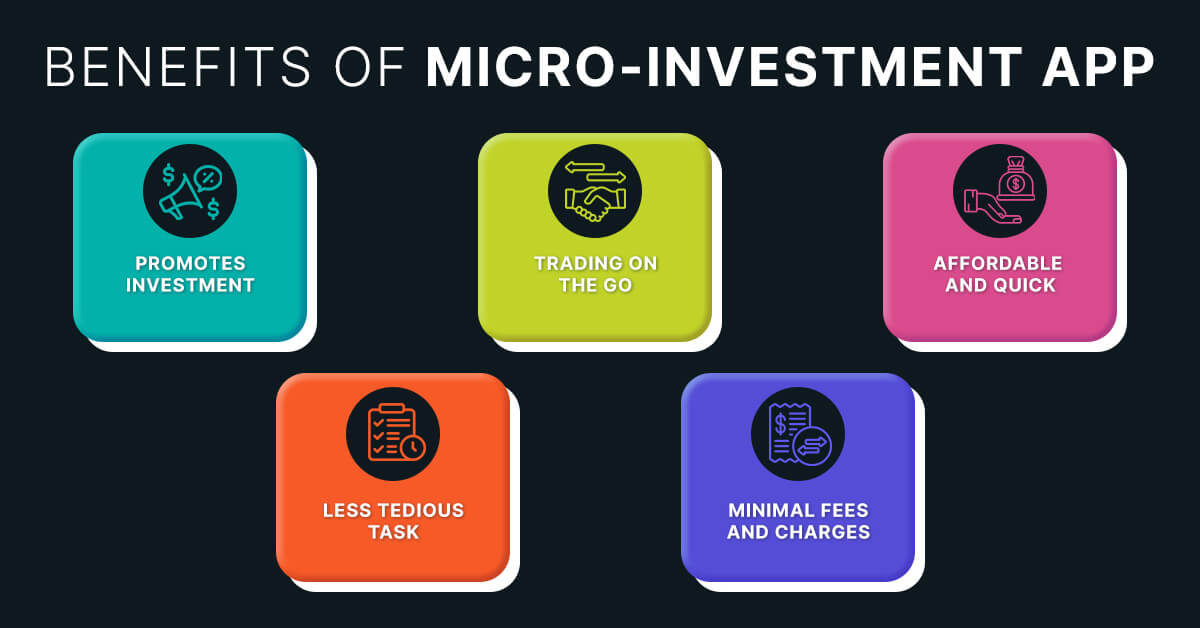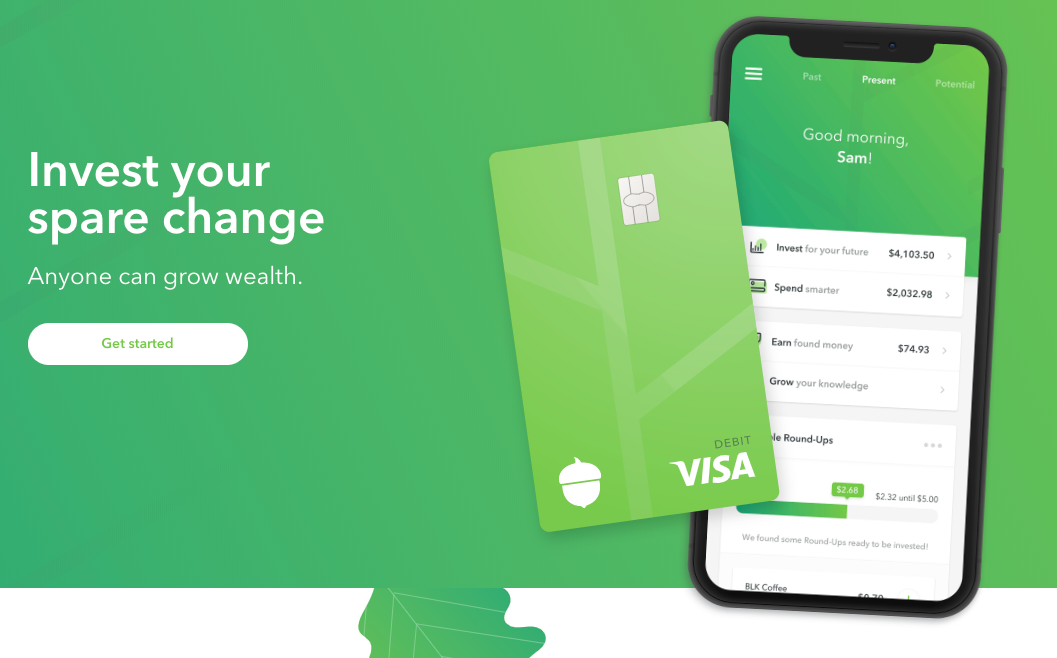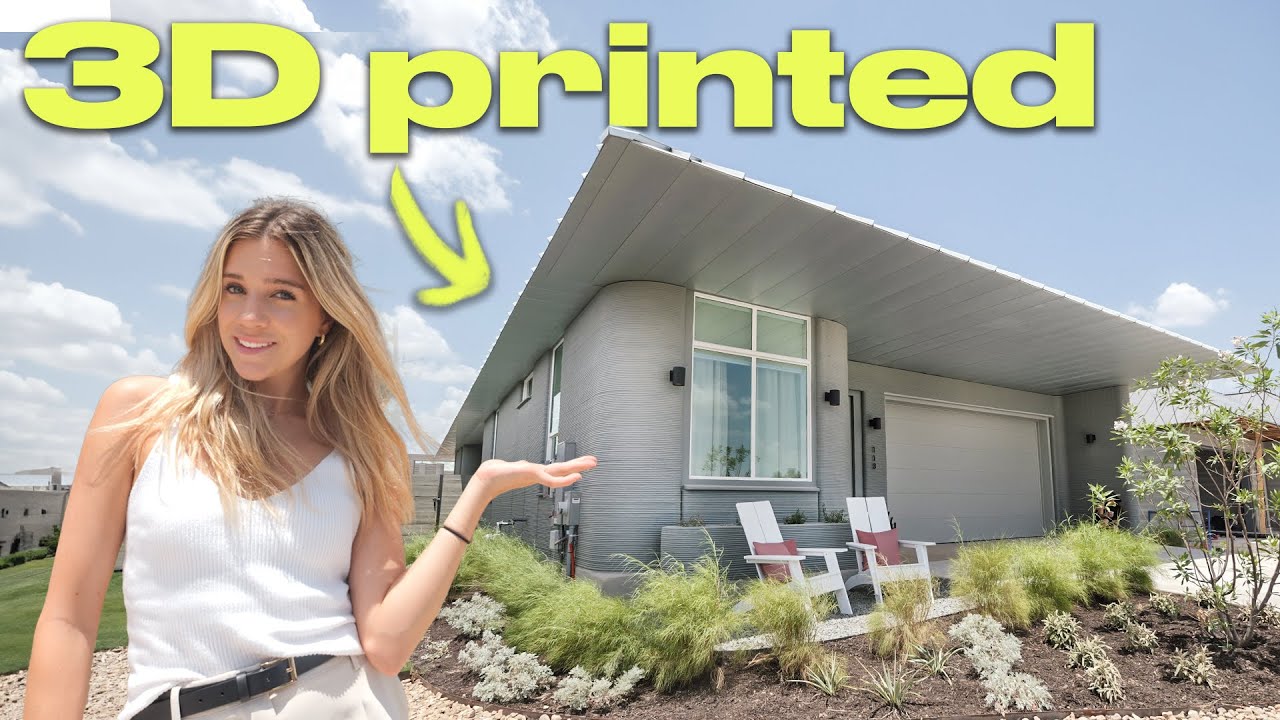
Micro-Investing: Building Wealth One Dollar at a Time
Start growing your wealth with micro-investing, one dollar at a time.Picture this: You're scrolling through your social media feed, seeing friends jet off on exotic vacations or showing off their latest tech gadgets. Meanwhile, you're wondering how you'll ever save enough to achieve your own financial goals. Sound familiar? Well, what if I told you that you could start building wealth with just your spare change? Enter the world of micro-investing – your ticket to financial growth, one dollar at a time.
What is Micro-Investing?
Micro-investing is exactly what it sounds like – investing in tiny increments. It's the financial equivalent of taking the stairs instead of waiting for an elevator. Rather than waiting until you have a large sum to invest, micro-investing allows you to put small amounts of money to work immediately[1].
In my experience, this approach is particularly appealing to millennials and Gen Z, who might be struggling with student loans or living paycheck to paycheck. It's a way to dip your toes into the investing world without feeling like you're sacrificing your daily latte.

The Psychology Behind Micro-Investing
Let's face it – saving money isn't always fun. But micro-investing taps into the psychology of "painless saving." It's like tossing your spare change into a jar, but instead of collecting dust on your dresser, it's growing in the market.
From what I've seen with my clients, this approach can be incredibly motivating. It's the financial equivalent of seeing your step count increase on your fitness tracker. Each small contribution feels like a win, encouraging you to keep going.
Popular Micro-Investing Apps
The rise of fintech has made micro-investing more accessible than ever. Apps like Acorns, Stash, and Robinhood have revolutionized the way we think about investing[2].

Acorns, for example, rounds up your purchases to the nearest dollar and invests the difference. It's like having a digital piggy bank that grows over time. Stash, on the other hand, allows you to buy fractional shares of stocks and ETFs, making it possible to own a piece of companies you believe in, even if you can't afford a full share.
How Micro-Investing Works
Micro-investing platforms typically use one or more of these methods:
- Round-ups: Your purchases are rounded up to the nearest dollar, and the difference is invested.
- Recurring investments: You set up small, automatic transfers from your bank account.
- Fractional shares: You can buy portions of stocks or ETFs, rather than whole shares.
The beauty of micro-investing lies in its automation. Once you set it up, it's like planting a seed and watching it grow – with minimal effort on your part.
The Benefits of Micro-Investing
One of the biggest advantages of micro-investing is its low barrier to entry. You don't need a fat bank account or an economics degree to get started. It's accessible to almost anyone with a smartphone and a few dollars to spare.
Moreover, micro-investing can help foster good financial habits. It's like going to the gym – starting small and building consistency is key. Over time, these small contributions can add up, potentially growing into a significant nest egg.
Potential Drawbacks and Risks
Now, I wouldn't be doing my job if I didn't mention some potential downsides. Fees can eat into your returns, especially when you're dealing with small amounts. It's like paying a cover charge at a club – if you're only staying for one song, it might not be worth it.
Additionally, while micro-investing is a great start, it shouldn't be your only strategy for long-term goals like retirement. It's more like a side quest in your financial journey, not the main storyline.
Micro-Investing vs. Traditional Methods
Compared to traditional savings accounts, micro-investing offers the potential for higher returns. However, it also comes with more risk. It's like choosing between a leisurely stroll (savings account) and a brisk jog (micro-investing) – one is safer, but the other might get you to your destination faster.
Traditional brokerage accounts, on the other hand, often require larger minimum investments and may be less user-friendly for beginners. Micro-investing platforms are like the "easy mode" of the investing world – a great place to start and learn.
Tips for Successful Micro-Investing
If you're ready to give micro-investing a try, here are a few tips:
- Start small, but be consistent. It's like watering a plant – a little bit every day is better than a flood once a month.
- Diversify your investments. Don't put all your eggs in one basket, even if they're tiny eggs.
- Keep an eye on fees. Make sure you're not paying more in fees than you're earning in returns.
- Use it as a learning tool. As you get more comfortable, consider expanding your investment strategy.
The Future of Micro-Investing
As technology continues to evolve, we can expect micro-investing platforms to become even more sophisticated. Imagine a world where your smart fridge automatically invests the money you save by eating at home instead of ordering takeout. The possibilities are endless!
A Micro-Success Story
Let me share a quick story about my friend Sarah. She started using a micro-investing app two years ago, rounding up her purchases and setting up a $5 weekly recurring investment. It didn't feel like much at first, but after two years, she had accumulated over $2,000 in her account. That's a nice chunk of change from what essentially felt like spare change!
Conclusion
Micro-investing isn't a get-rich-quick scheme. It's more like planting an acorn and nurturing it into a mighty oak. It takes time, patience, and consistency. But for many people, especially those who struggle to save, it can be a powerful tool for building wealth and financial confidence.
Remember, every financial journey starts with a single step – or in this case, a single dollar. So why not give micro-investing a try? Your future self might just thank you for those lattes you skipped and invested instead.
References
- https://www.linkedin.com/pulse/micro-investments-building-wealth-through-
- https://www.cnbc.com/2018/04/25/micro-investing-lets-you-build-wealth-a-few-dollars-at-a-time.html
- https://www.nerdwallet.com/article/investing/how-to-build-wealth
- https://www.investopedia.com/managing-wealth/simple-steps-building-wealth/
- https://www.sciencedirect.com/science/article/pii/S0268401223000233
The Future of Money: How Central Bank Digital Currencies Could Reshape Finance






Comments
No comments yet. Be the first to comment!
Leave a Comment